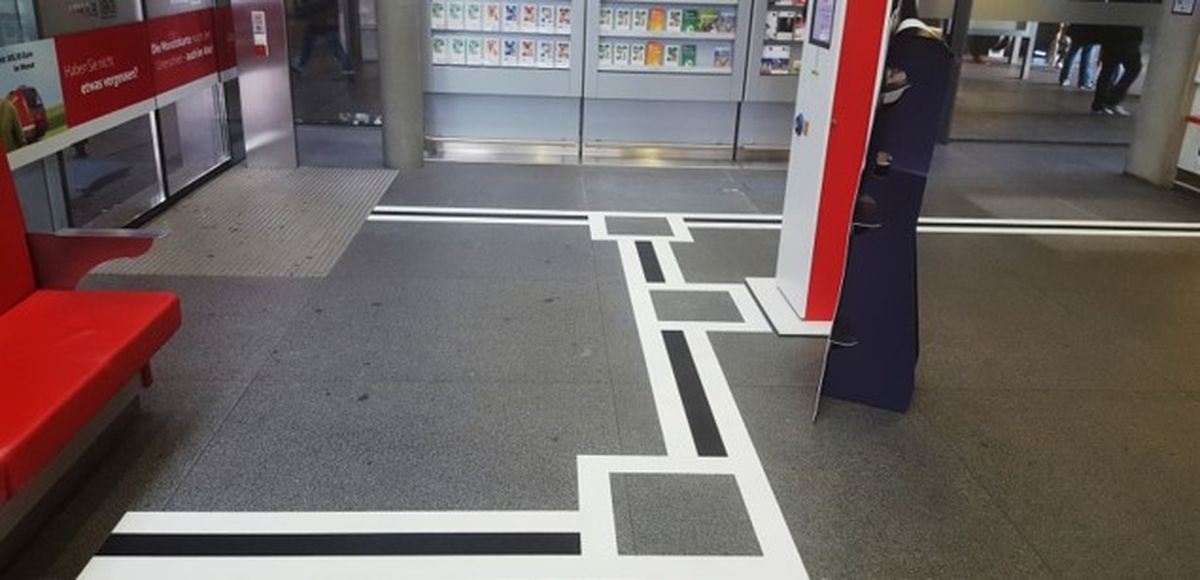Accessibility in parcel logistics: What the EAA means for parcel lockers
- Knowledge
- News
- 26.11.2024
- Reading Time: {{readingTime}} min

Contents
Due to demographic change the importance of accessibility will continue to grow. Getting older increases the probability of having disabilities - almost 50% of people over 65 have a disability. This makes them an important target group for companies and organizations.
The goal of the European Accessibility Act is, that products and services must be accessible to all target groups. For example, the visually impaired, the deaf or people in wheelchairs must also be able to operate all use cases. It is clear that the field of application of the EAA is very broad.
Information must be made available at least via two sensory channels.
The EAA therefore sets the framework for many products and services. Its legal significance is comparable to the GDPR or the Americans with Disabilities Act (ADA): operators will be held accountable if products and services do not meet the requirements.
In the area of parcel logistics and parcel stations, the main relevant implication is that information will be made available in different sensory channels (e.g. vision, audio, haptic feeling).
EN 301549 - still valid
In addition to the EAA, the EN 301549 standard is also relevant for parcel stations. It defines grip heights for ICT products and services in the EU and will remain valid even after the EAA comes into force.

Features and options for blind and visually impaired people...
In order to meet the requirements of blind and visually impaired people, we work closely with the Austrian Federation for the Blind and Partially Sighted (BSVÖ) to make KePol series parcel stations easy to use.
- Tactile elements,
Speaker and existing software processes for audio guidance and
a guide to box with audio signal and/or light
make operating KePol parcel stations child's play.
... and for people in wheelchairs.
To meet the needs of people in wheelchairs, KEBA offers "Comfort Zones" via the KePol software suite. The Comfort Zones are located within the defined grippingarea. Customers who want to pick-up their parcels in these Comfort Zones must be defined by the operator.
Implications of EAA for KePol Software Suite and apps
As already mentioned also software, apps and websites are affected by EAA. The principles in the EAA are derived from the W3C Web Accessibility Initiative (WAI). For example, different font sizes, color schemes and contrasts must be offered for the visually impaired.
KEBA supports a version of the KePol software suite for visually impaired user. This is characterized by the following features:
Text-to-speech for your KePol parcel stations
Tactile elements to make it easier to find the start button for audio guidance, and
larger font size and stronger contrasts on the user interface.
Accessibility around the parcel locker
But not just the parcel station itself has to be barrier-free. The location and the immediate surroundings also play a major role. Here, too, we are happy to provide advice. The following points should be taken into consideration:
- Ramps for people in wheelchairs or with walkers
- Automatically opening doors
- Tactile floor markings for visually impaired customers
- Sufficient maneuvering space in front of and next to the parcel station
As you can see: There are no limits to the possibilities for making parcel lockers accessible to all user groups. Contact your Customer Solutions Expert for more information.
















